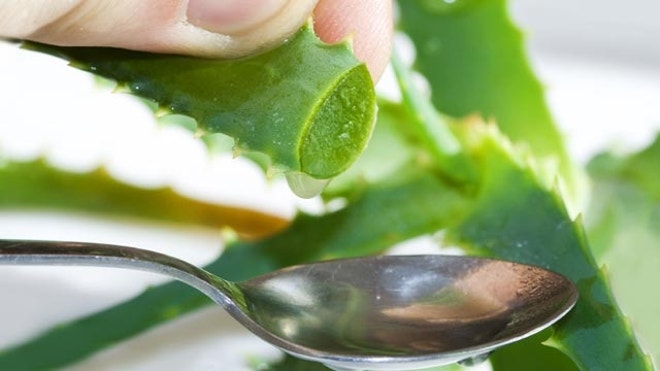
When minor medical issues crop up (nosebleeds, insect stings, dandruff!), chances are your medicine cabinet already contains some effective—and surprising—fixes for what ails you. Here are 10 common household items that do double duty, saving you a trip to the pharmacy—and cash in the process!
1. Antacid tablet
It’s for: Heartburn
The effervescent type with sodium bicarbonate helps neutralize the acid that causes painful heartburn symptoms.
But try: Soothing insect bites
“Antacid formulations such as Alka-Seltzer contain aspirin, an anesthetic that can help ease the sting and itch of insect bites,” says Dr. Howard Sobel, a clinical attending physician in dermatology and dermatologic surgery at Beth Israel Medical Center in New York City.
He recommends making a paste with a crushed antacid tablet, a pinch of oatmeal (also a skin soother), and water and applying it to the skin. Results are immediate—and this DIY formula has a healing bonus that other anti-itch salves lack. “Calamine lotion contains zinc oxide, which can be drying to the skin,” Sobel explains. “Effervescent antacid tablets provide quicker relief from pain and itching—without the dehydrating side effects.”
2. Mouthwash
It’s for: Freshening breath
“Both types of mouthwash—with and without alcohol—contain antimicrobial properties that reduce the number of bacteria in the mouth,” explains Edgard El Chaar, a clinical associate professor of periodontology and implant dentistry at NYU College of Dentistry.
But try: Preventing athlete’s foot
If you’ve switched to an alcohol-free version (such as Tom’s of Maine or ACT Fluoride), don’t throw away the old bottle: Use the alcohol mouthwash to keep your feet and toenails pristine. To prevent athlete’s foot, soak a cotton ball with the liquid and swab the bottoms of your feet and between toes after every shower. According to Sobel, the high alcohol content of traditional mouthwash helps ward off fungal infections.
3. Baking soda
It’s for: Tooth whitening
Many dentists recommend baking soda to help remove superficial stains from enamel, making teeth appear whiter. It also prevents bad breath and gets rid of plaque embedded in the area between the teeth and gums.
But try: Calming irritated skin
Used topically, baking soda takes the sting out of sunburn and minimizes the itch and discomfort caused by a variety of skin conditions (including eczema, prickly heat, and poison ivy). “Sodium bicarbonate is a mild alkaline compound that can help neutralize the pH balance of your skin,” says Dr. Linda K. Franks, a clinical assistant professor of dermatology at New York University. “This ‘buffering effect’ may help quell the inflammation that occurs at the skin’s surface, easing your soreness.”
To get relief, place a cup of baking soda under a running bath tap so it dissolves completely, and then soak in the water for about 30 minutes.
4. Nasal spray
It’s for: Easing congestion
The decongestants in it shrink blood vessels and swollen mucous membranes in your nose, making it easier for you to breathe.
But try: Stopping nosebleeds
Most nosebleeds can be stopped by simply pinching the nose for 10 to 20 minutes, but if yours persists, nasal spray may do the trick. According to Amy Sutton Peak, director of Drug Information Services at Butler University, about two-thirds of people who visit an emergency room for a persistent nosebleed are successfully treated with oxymetazoline, the decongestant found in common drugstore nasal sprays such as Afrin and Mucinex.
To stop the bleeding, she recommends tilting your head forward and clearing your nose by blowing out any clots (this may increase bleeding for a few seconds). Next, inhale through your nose while spraying oxymetazoline into the affected nostril(s), and then pinch the soft part of your nose closed. Maintain pressure for 10 full minutes. If the bleeding hasn’t stopped, continue pinching for another 10 minutes. If none of these measures works, see a health care provider for further treatment.
5. Witch hazel
It’s for: Treating acne
This plant extract helps fight acne by drying out excess oil in the skin. Because it contains alcohol, witch hazel can help kill the bacteria that cause infection and lead to breakouts.
But try: Shrinking hemorrhoids
“Witch hazel is a natural astringent,” says Sobel. “It works to contract the skin and surrounding blood vessels back to normal size.” That’s why it is a primary ingredient in many OTC hemorrhoid wipes and medicated pads, such as Tucks and Preparation H. “Alone, witch hazel may dry out delicate tissue, so also apply a cream, such as Vaseline or A+D original ointment, to moisturize the area,” says Sobel.
6. Aloe vera
It’s for: Soothing burns
Topical application of aloe gel can speed the healing of first- and second-degree burns.
But try: Eliminating canker sores
“Aloe vera contains vitamins as well as amino acids that help repair damaged tissues,” says Irwin Smigel, president of the American Society for Dental Aesthetics. “Several compounds found in aloe vera work together to decrease or prevent inflammation and control pain.” A research review found that canker sore sufferers who applied aloe vera gel healed about 50 percent faster than those who didn’t.
7. Tea tree oil
It’s for: Treating skin infections
Well-known for its antibacterial and antifungal properties, tea tree oil is often applied topically for acne and athlete’s foot.
But try: Getting rid of dandruff
People who used a shampoo with 5 percent tea tree oil reduced their dandruff 41 percent and significantly improved the itchiness and greasiness of their scalp, according to a study from the Journal of the American Academy of Dermatology. “You can safely add a small amount of tea tree oil to your own shampoo to get a similar effect,” says Sobel. “Just use sparingly, no more than a few teaspoons per bottle, to prevent overdrying of your scalp.”
8. Yogurt
You eat it for: Digestive health
The probiotic bacteria it contains help foster healthy digestion and keep you regular.
But try: Preventing gum disease
Adults who consume 55 grams of yogurt per day have significantly fewer markers of periodontal disease than those who don’t include this food in their diets, according to scientists at Kyushu University in Japan. That’s because the lactic acid in yogurt helps protect their gums from the harmful bacteria that cause this chronic condition.
9. Extra virgin olive oil
You eat it for: Lower cholesterol
Subbing it for butter keeps your cholesterol (and belly fat) in check.
But try: Boosting your vision
Studies show that the omega-3 fatty acids in olive oil help prevent age-related macular degeneration. People who ate the most olive oil (at least 100 mL, or nearly 7 tablespoons, per week) were about half as likely to develop late AMD as those who consumed less than 1 ml per week, according to researchers at the University of Melbourne in Australia.
10. Dark chocolate
You eat it for: Heart health
A few ounces weekly reduces risk of cardiovascular disease (and satisfies a sweet tooth).
But try: Protecting skin from sun damage
Dark chocolate may help protect the skin from the harmful effects of ultraviolet radiation, finds a study published in the Journal of Cosmetic Dermatology. Researchers say minimally processed versions of the sweet treat are rich in flavonoids, antioxidants that could prevent wrinkles and cut the risk of skin cancer caused by exposure to sunlight.
Source: http://www.foxnews.com












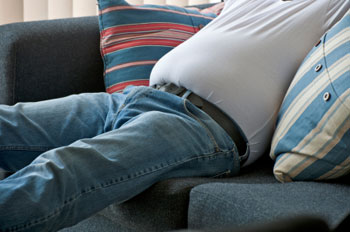 A diagnosis of pancreatic cancer usually carries with it a poor prognosis, and the news may be even worse for those who are obese: It could mean dying two to three months sooner than pancreatic cancer patients of normal weight, new research shows.
A diagnosis of pancreatic cancer usually carries with it a poor prognosis, and the news may be even worse for those who are obese: It could mean dying two to three months sooner than pancreatic cancer patients of normal weight, new research shows.

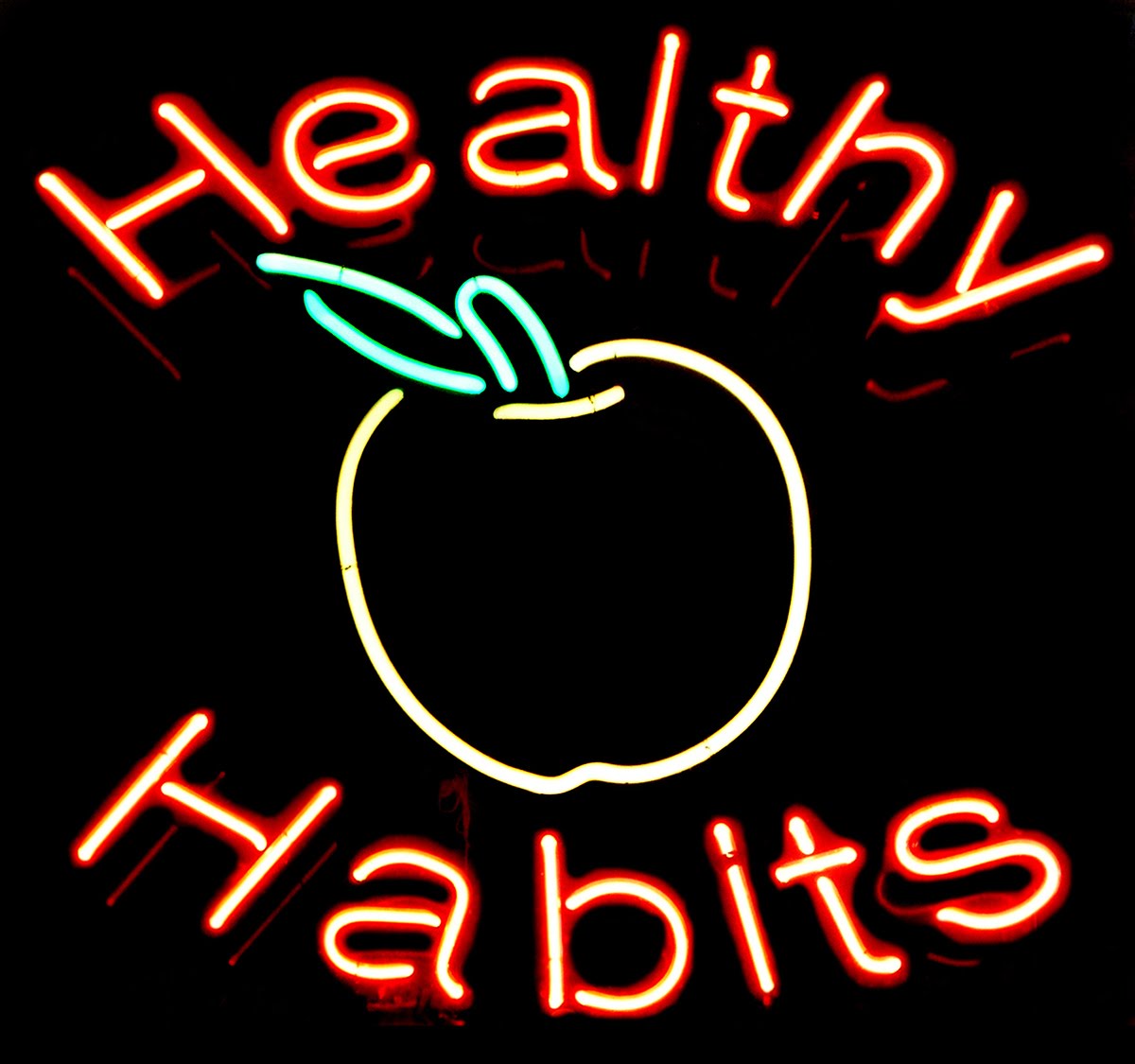

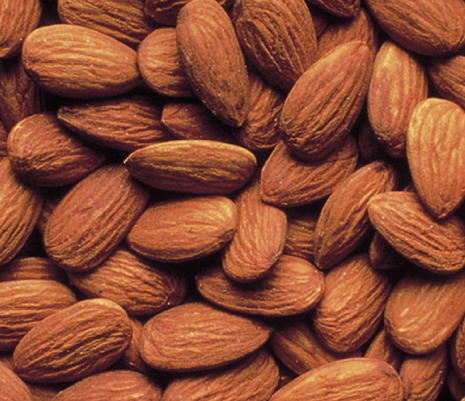
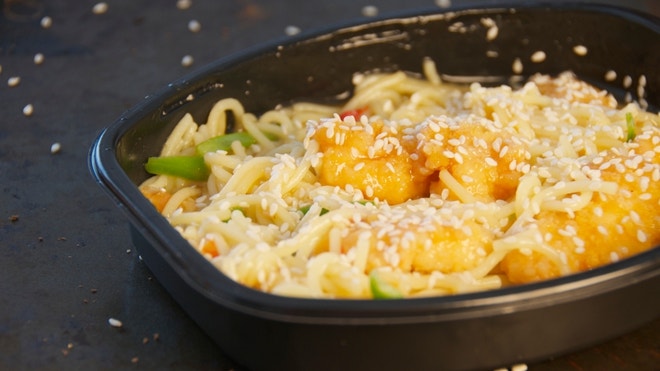


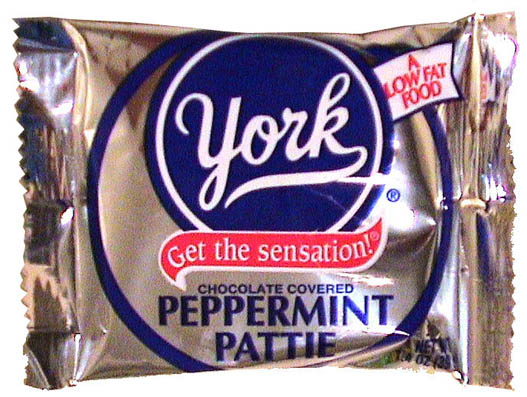





 Tootsie Rolls
Tootsie Rolls
